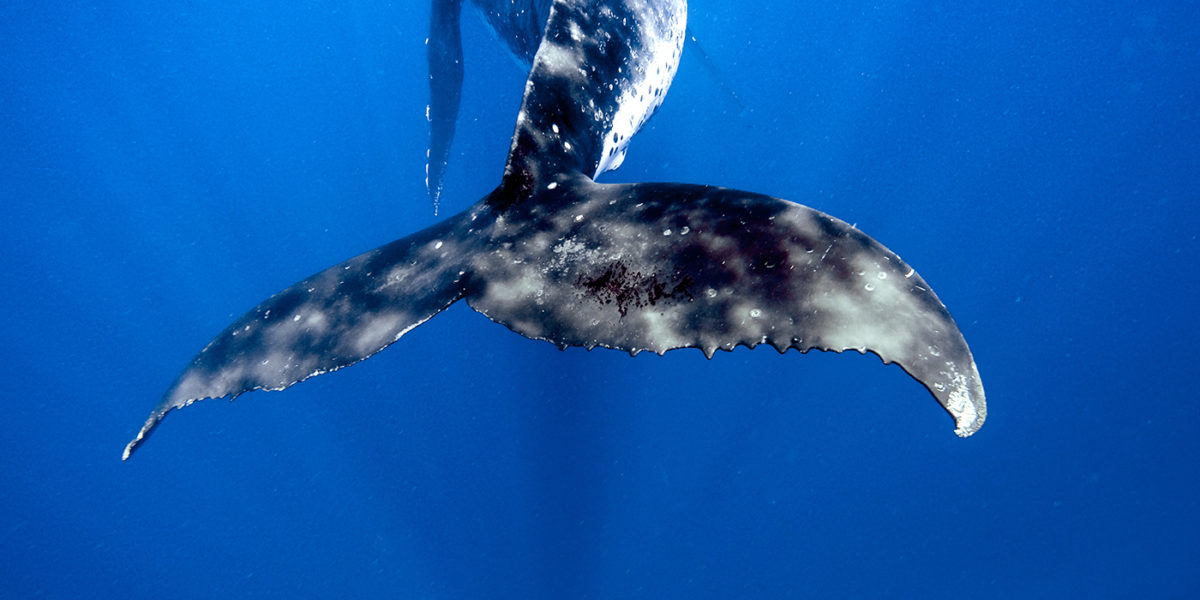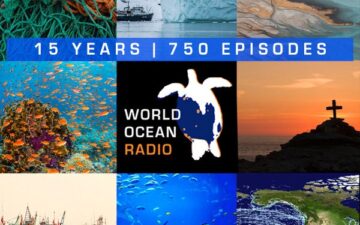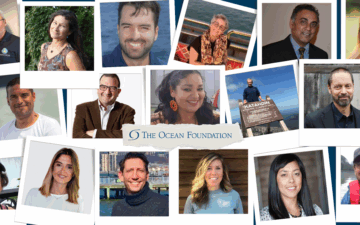For most of the past two and a half decades, I have dedicated my energy to the ocean, to the life within, and to the many people who also dedicate themselves to enhancing our ocean legacy. Much of the work I have done revolves around the Marine Mammal Protection Act about which I have written before.
Forty-five years ago, President Nixon signed the Marine Mammal Protection Act (MMPA) into law and so began a new story of America’s relationship with whales, dolphins, dugongs, manatees, polar bears, sea otters, walrus, sea lions, and seals of all species. It is not a perfect story. Not every species present in American waters is recovering. But most are in far better shape than they were in 1972, and more important, in the intervening decades we have learned so much more about our ocean neighbors—the power of their family connections, their migratory routes, their calving grounds, their role in the web of life, and their contribution to carbon sequestration in the ocean.

Sea Lion pup in Big Sur, California. Credit: Kace Rodriguez @ Unsplash
We have also learned about the power of recovery and unanticipated escalation of risk. The MMPA was intended to allow our wildlife managers to take into account the whole ecosystem—all of the types of habitat that marine mammals need during their life cycle—places to feed, places to rest, places to rear their young. It seems simple, but it is not. There are always questions to be answered.
Many of the species are seasonally migratory—the whales that sing in Hawaii in the winter inspire awe in tourists in their summer feeding grounds in Alaska. How safe are they along their route? Some species require space on both land and at sea for their migrations and their needs—the polar bear, the walrus, and others. Has development or other activity limited their access?
I have been thinking a lot about the MMPA because it is representative of some of our highest and best thinking about the human relationship to the ocean. It respects those creatures who depend on clean healthy ocean waters, beaches, and coastal zones, while allowing human activities to proceed—kind of like going slowly in a school zone. It values America’s natural resources and strives to ensure that our common heritage, our common property, is not harmed for the profit of individuals. It sets up procedures that are complex but the ocean is complex and so are the needs of the life within—just as our human communities are complex, and so is meeting the needs of the life within.
Yet, there are those who look at the MMPA and say that it’s an obstacle to profit, that it is not the government’s responsibility to protect public resources, that protection of the public interest can be left to private corporations with understandable commitment to profit above all else. These are people who seem to have held on to the quaint belief that the ocean’s resources are infinite—despite the endless reminders to the contrary. These are people who seem to believe that the diverse new jobs created by increased marine mammal abundance are not real; That cleaner air and water have not helped communities prosper; and that millions of Americans value their marine mammals as part of our common heritage and our legacy to future generations.
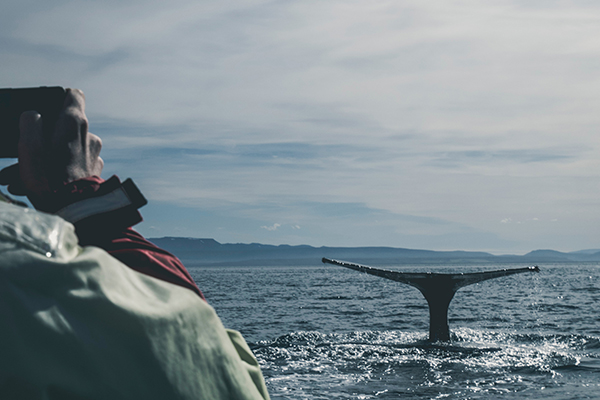
Credit: Davide Cantelli @ Unsplash
People use special vocabulary when undermining the public’s ability to determine the fate of public resources. They talk about streamlining—which almost always means skipping steps or shortening the time to look at potential effects of what they want to do. The opportunity for the public to review and comment. The opportunity for opponents to be heard. They talk about simplifying which often means skipping the inconvenient requirements to take steps to ensure that what they want to do will cause no harm BEFORE they begin doing it. They talk about fairness when what they mean is that they want to maximize their profits at taxpayer expense. They deliberately confuse the valuable concept of property rights with their wish to privatize our common public resources for their personal gain. They call for a level playing field for all ocean users – and yet a truly level playing field must take into account those that need the ocean for life and those who just want to exploit the resources beneath.
There are proposals on Capitol Hill and in various agencies, including the Department of Energy, that would permanently limit the ability of the public to weigh in on the industrialization of our ocean. States, federal agencies, and coastal communities would lose their ability to enforce the law, reduce their risk, or receive their share of compensation for allowing private companies to benefit from a public resource. There are proposals that essentially exempt those companies from liability and prioritize their industrial activities above all other activities—tourism, whale watching, fishing, beach combing, swimming, sailing, and so on.
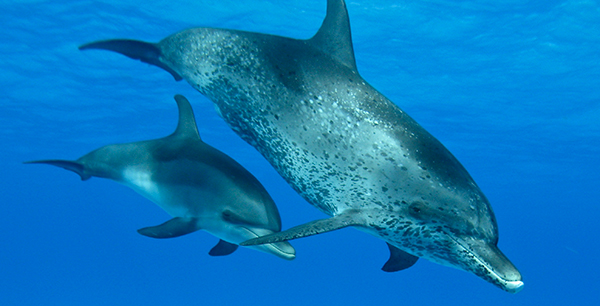
Credit: Chris Guinness
Obviously, there is no shortage of work for any of us, including my colleagues, The Ocean Foundation community, and those who care. And, it is not that I think the MMPA is perfect. It did not anticipate the kinds of significant changes in ocean temperature, ocean chemistry, and ocean depth that might create conflicts where there were none before. It did not anticipate dramatic expansion of shipping, and the conflicts that might arise from ever bigger ships with ever bigger ports and ever smaller maneuverability. It did not anticipate the incredible expansion of human-generated noise in the ocean. The MMPA has proved to be adaptable, however– it has helped communities diversify their economies in unexpected ways. It has helped populations of marine mammals rebound. It has offered a platform from which to develop new technologies so that human activities pose less risk.
Perhaps most important, the MMPA shows that America is first in protecting marine mammals—and other nations have followed our lead by creating safe passage, or special sanctuaries, or limiting the wanton overharvest that imperiled their survival. And we were able to do so and still have economic growth and meet the needs of a growing population. As we struggle to rebuild populations of the North Atlantic right whales or the Belugas of Cook Inlet, and as we work to address inexplicable deaths of marine mammals from onshore and other human sources, we can stand on those core principles of protecting our public resources for future generations.
